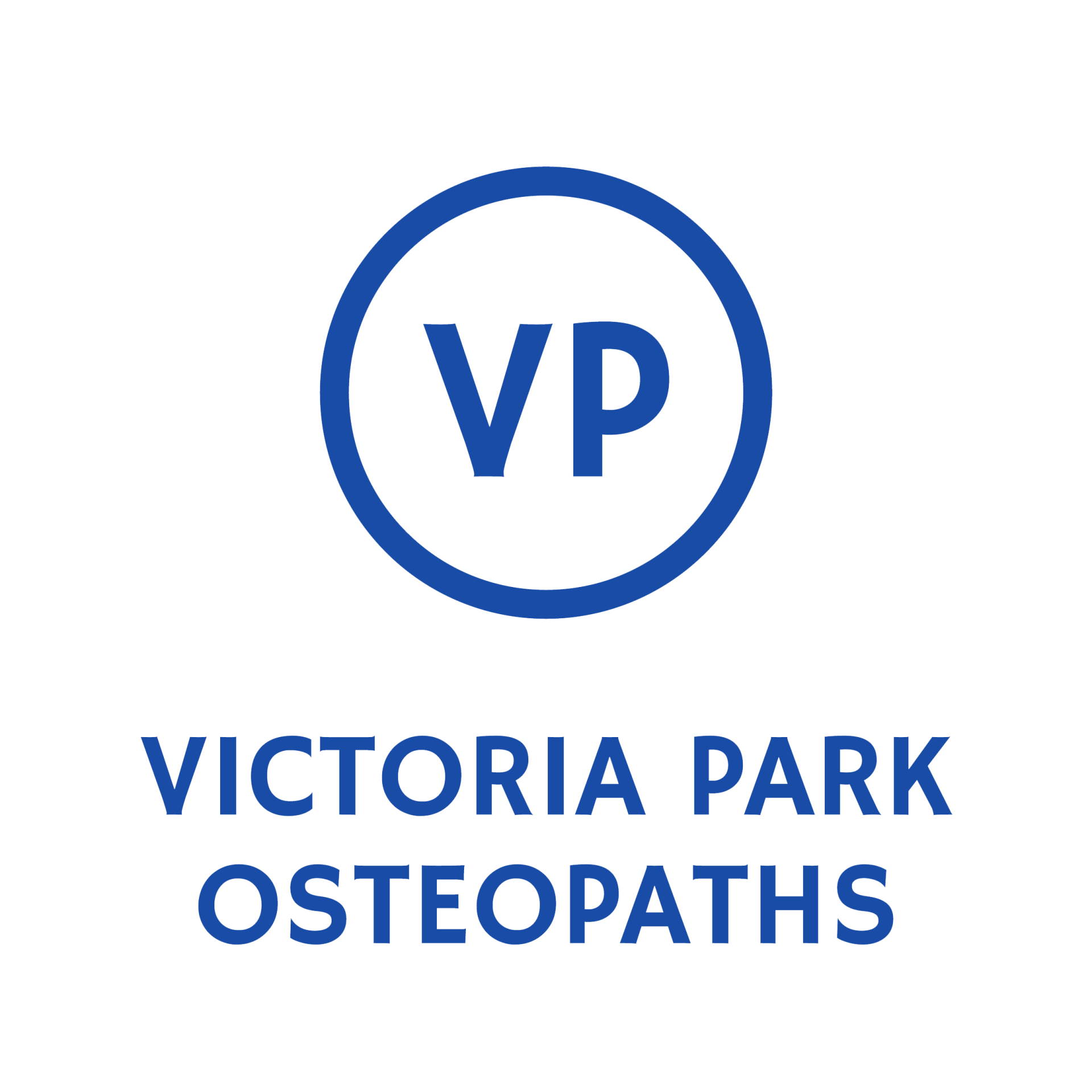What is Lower Back Disc Injury?
A lumbar disc injury refers to irritation or damage to one of the intervertebral discs in the lower spine. These discs sit between the vertebrae and act as shock absorbers. Injury can involve:
- Disc bulge or protrusion
- Disc herniation (slipped disc)
- Disc degeneration or wear
When the disc is strained, it can cause local inflammation or put pressure on nearby nerves, leading to back pain or leg symptoms such as sciatica.
Symptoms & What You May Experience
Symptoms vary depending on the extent and location of the disc issue, but may include:
- Localised lower back pain
- Pain referring into the buttock, thigh, or leg
- Sciatica — sharp, shooting, or burning pain down the leg
- Tingling, pins and needles, or numbness
- Increased pain with sitting, bending, lifting, or coughing
- Stiffness and muscle spasm
- Difficulty standing fully upright
Not everyone with a disc bulge has leg pain — some experience only lower back discomfort.
What causes Lower Back Disc Injury?
Disc injuries can begin for no apparent reason, but some of the factors below can contribute:
- Genetic Predisposition - disc injuries often run in families
- Repetitive lifting, twisting, or bending
- Sudden force or trauma (e.g. lifting something heavy awkwardly)
- Degeneration related to ageing or past injury
Other factors may slow recovery
- Poor posture or prolonged sitting
- Weak core muscles or poor spinal support
- Reduced mobility in the hips or thoracic spine
Many people develop symptoms gradually, often after weeks or months of cumulative load.
How We Help (At Victoria Park Osteopaths)
Our treatment focuses on relieving pain, restoring mobility, and supporting disc healing:
- Clear explanation of your diagnosis, the reasons for it and recovery times to expect
- Spinal mobilisation & gentle manipulation: to improve movement and reduce joint restriction
- Soft tissue therapy: to ease muscle spasm, tension, and irritation around the affected area
- Nerve decompression techniques: gentle movements and positioning to reduce nerve irritation where present
- Specific exercise rehabilitation: core activation, postural correction, stretching and graded strengthening
- Education & self-care advice: guidance on recovery times, posture, lifting technique, sleep positions, and daily habits
- Adjunctive therapies: dry needling, acupuncture, taping, or heat/cold therapy when appropriate
Recovery Time & What to Expect
- Acute disc injuries can improve significantly within 6–12 weeks with conservative treatment
- Many people respond well to manual therapy and movement-based rehabilitation
- Continued exercise and lifestyle changes help prevent recurrences
- Only a small minority of disc injuries require medical intervention (e.g. injections or surgery), and we’ll help refer you if needed
When to Seek Medical Review / Red Flags
Seek urgent medical advice if you experience:
- Loss of bladder or bowel control
- Numbness in the groin or inner thighs (saddle anaesthesia)
- Sudden, severe weakness in one or both legs
- Unrelenting or escalating night pain
- Unexplained weight loss, fever, or history of serious illness


